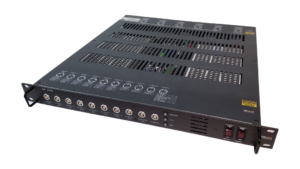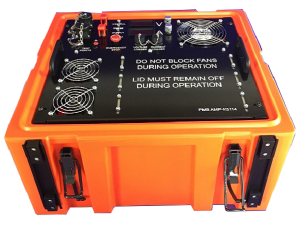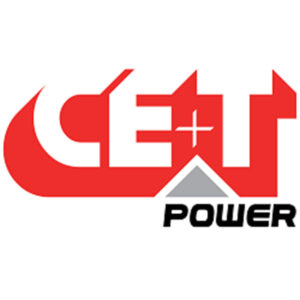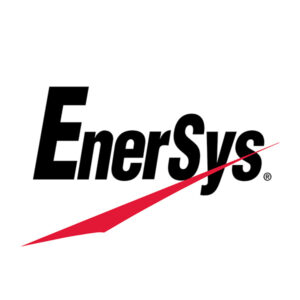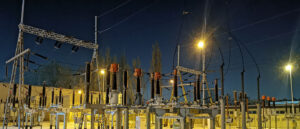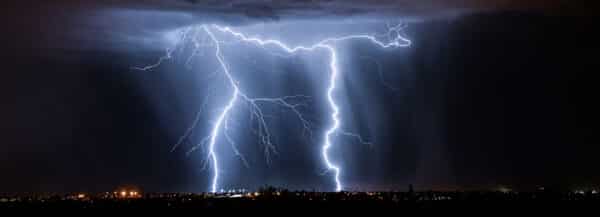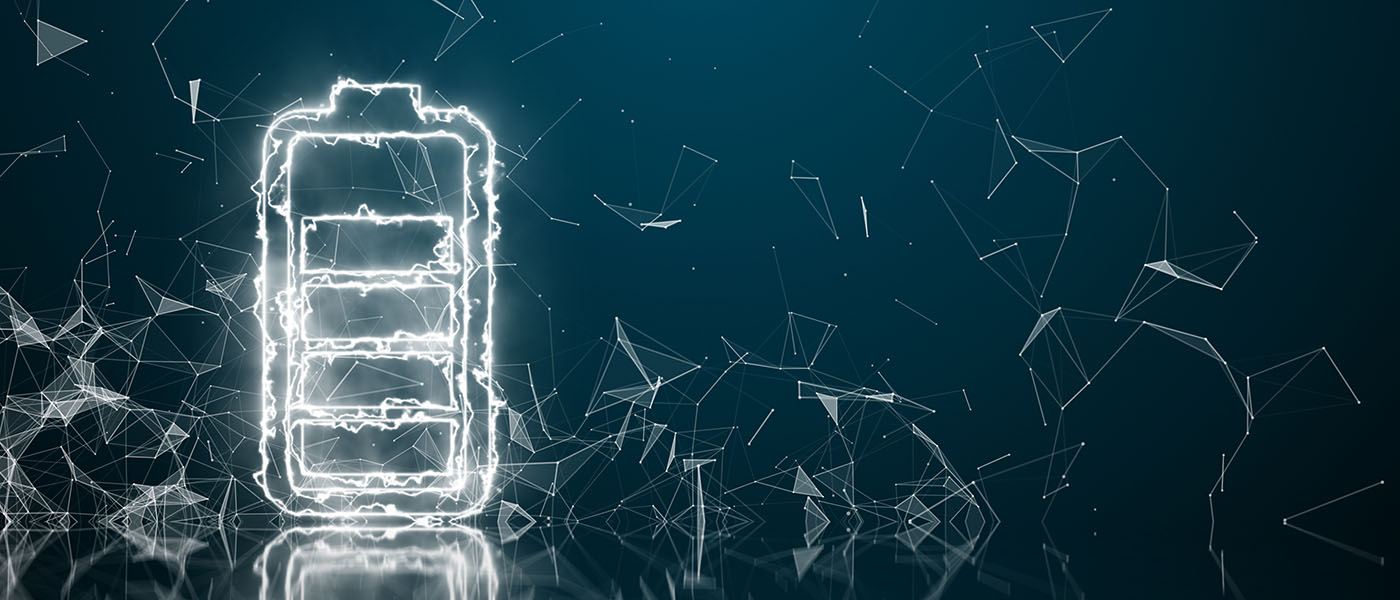What Is EOD Voltage?
End of discharge voltage is the level to which the battery string voltage or cell voltage is allowed to fall to before affecting the load i.e. 1.75V or 21V, nominal 24V system.
What Is Temperature Compensation?
The energy stored within a battery cell is the result of an electrochemical reaction, so any change in the electrolyte temperature has an effect on the rate of reaction provided all other factors (charge voltage and current) relating to the reaction remain constant.
The simplest way of maintaining the rate of reaction within design parameters is to alter the charge voltage at a rate proportional to the change in temperature, i.e. decrease the charge voltage with an increase in temperature above 20-25°C and increase the charge voltage with a decrease in temperature below 20-25°C. The typical change in charge voltage is 3 mV / °C. Contact our engineers for further information, our battery chargers have temperature compensation options.
What is Boost Charge?
Charge given to a battery to correct voltage imbalance between individual cells and to restore the battery to fully charged state.
Terms Associated with Standby Batteries
Ah or Ampere/hour
The Ah or Ampere/hour capacity is the current a battery can provide over a specified period of time, e.g. 100Ah @ C10 rate to EOD of 1.75V/cell. This means the battery can provide 10 Amps for 10 hours to an end of discharge voltage of 1.75V per cell.Different battery manufacturers will use different Cxx rates depending on the market or application at which their batteries are targeted. Typical rates used are C3, C5, C8, C10 and C20. Because of this it is important, when comparing batteries from different manufacturers having the same Ah rate, to confirm on what Cxx rate this figure is based.
Cell
A cell comprises a number of positive and negative charged plates immersed in an electrolyte that produces an electrical charge by means of an electrochemical
reaction. Lead acid cells generally produce an electrical potential of 2V while Nickel-cadmium cells generally produce an electrical potential of 1.2V.
Battery
A battery is a number of cells connected together. Check Out our complete range of batteries.
DOD
Depth of discharge. Fraction of total capacity used in discharge.0-100%.
String / Bank
A battery string or bank comprises a number of cells/batteries connected in series to produce a battery or battery string with the required usable voltage/potential e.g. 6V, 12V, 24V, 48V, 110V.
SOC
State of Charge.Fraction of total capacity that is still available for discharge. 0-100%.100%-DOD
End of Life Factor
This is a factor included within the battery sizing calculation to ensure the battery is able to support the full load at the end of the battery design life, calculated by
multiplying Ah by 1.25.
VPC (Volts Per Cell)
Volts per cell i.e. for a lead acid battery the VPC is 2V so 6 cells in a 12V.
Charging Methods
There are three common methods of charging a battery; constant voltage, constant current and a combination of constant voltage/constant current with or without a smart charging circuit.
Constant voltage allows the full current of the charger to flow into the battery until the power supply reaches its pre-set voltage. The current will then taper down to a minimum value once that voltage level is reached. The battery can be left connected to the charger until ready for use and will remain at that “float voltage”, trickle charging to compensate for normal battery self-discharge.
Constant current is a simple form of charging batteries, with the current level set at approximately 10% of the maximum battery rating. Charge times are relatively long with the disadvantage that the battery may overheat if it is over-charged, leading to premature battery replacement. This method is suitable for Ni-MH type of batteries. The battery must be disconnected, or a timer function used once charged.
Constant voltage / constant current (CVCC) is a combination of the above two methods. The charger limits the amount of current to a pre-set level until the battery reaches a pre-set voltage level. The current then reduces as the battery becomes fully charged. The lead acid battery uses the constant current constant voltage (CC/CV) charge method. A regulated current raises the terminal voltage until the upper charge voltage limit is reached, at which point the current drops due to saturation.

